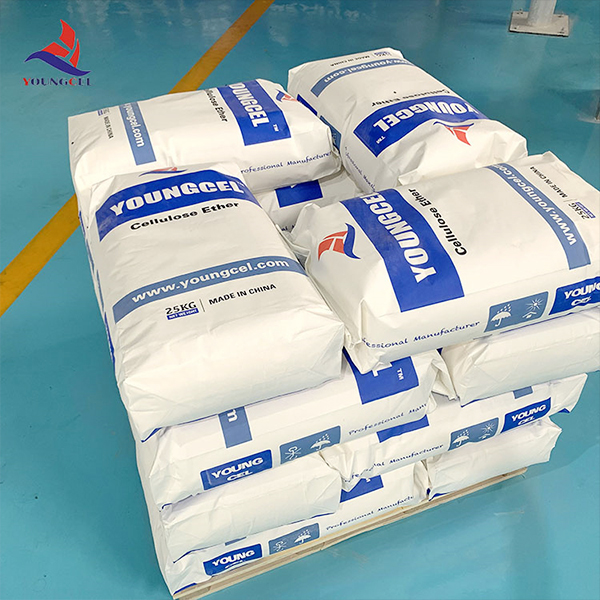The Role of Cellulose and HPMC in Paint Formulations
Introduction
In the realm of paint formulations, achieving the ideal balance between performance, application, and aesthetics is crucial. Two key components that significantly contribute to these properties are cellulose and Hydroxypropyl Methylcellulose (HPMC). These cellulose derivatives offer unique characteristics that enhance the quality of paints, making them indispensable in the coatings industry. This article delves into the importance and functionality of cellulose and HPMC in paint formulations.
Understanding Cellulose and HPMC
Cellulose is a natural polymer derived from plant cell walls, predominantly composed of glucose units. It is the most abundant organic polymer on Earth, and its derivatives, such as HPMC, are widely used in various industrial applications. HPMC is a modified form of cellulose, synthesized by reacting cellulose with propylene oxide and methyl chloride. This modification imparts improved solubility, viscosity, and film-forming properties, making HPMC particularly valuable in the paint industry.
Thickening and Stabilization
One of the primary functions of cellulose and HPMC in paints is their role as thickeners and stabilizers. Viscosity control is essential in paint formulations to ensure optimal application and performance. The addition of HPMC helps to achieve the desired consistency, preventing the paint from being too thick or too thin. This characteristic is particularly important in preventing sedimentation of pigments and other solids, promoting a uniform and stable paint mixture.
Film Formation and Adhesion
cellulose hpmc for paint

HPMC’s film-forming capabilities significantly enhance the overall performance of the paint. After application, HPMC contributes to the formation of a continuous film, which is crucial for adhesion to various surfaces. A good film ensures that the paint adheres well to the substrate, provides a protective barrier against environmental factors, and enhances durability. The strength and flexibility of the film formed by HPMC also help in maintaining the integrity of the paint over time, reducing the risk of cracking and peeling.
Improving Aesthetics
The aesthetic qualities of paint, including its gloss, texture, and finish, are also influenced by the presence of cellulose and HPMC. These components help in creating a smoother application, promoting an even distribution of pigments, and improving the overall appearance of the paint film. Additionally, HPMC can modify the gloss levels, allowing for a range of finishes, from matte to high-gloss. This versatility makes HPMC a preferred choice among paint manufacturers aiming to meet diverse customer preferences.
Environmental Considerations
With the growing emphasis on sustainability, the use of natural and biodegradable materials in paint formulations has gained prominence. Cellulose, being a renewable resource, aligns with the trend towards eco-friendly products. HPMC, derived from cellulose, is also low in toxicity and contributes to the development of sustainable coatings. As consumers increasingly seek environmentally responsible options, the incorporation of cellulose and HPMC can help manufacturers align their products with market demands.
Conclusion
In conclusion, cellulose and Hydroxypropyl Methylcellulose play vital roles in the formulation of paints, enhancing their stability, performance, and aesthetic appeal. Their unique properties serve as thickeners, stabilizers, and film-formers, contributing to innovative paint solutions that meet the needs of both manufacturers and consumers. As the paint industry continues to evolve, the importance of cellulose-based derivatives will likely increase, supporting the ongoing pursuit of sustainable and high-quality coating technologies.
-
Rdp Powder: Key Considerations for Wholesalers in the Building Materials IndustryNewsJul.08,2025
-
Key Considerations for Wholesalers: Navigating the World of Hpmc - Based ProductsNewsJul.08,2025
-
Hpmc Detergent: Key Considerations for WholesalersNewsJul.08,2025
-
Key Considerations for Wholesalers: China Hpmc For Tile Adhesive, Coating Additives, Concrete Additives, and MoreNewsJul.08,2025
-
Crucial Considerations for Wholesalers: Navigating the World of Construction MaterialsNewsJul.08,2025
-
Key Considerations for Wholesalers Sourcing Additive For Cement, Additive For Concrete, Additive For Putty from Additive Manufacturer Shijiazhuang Gaocheng District Yongfeng Cellulose Co., Ltd.NewsJul.08,2025




